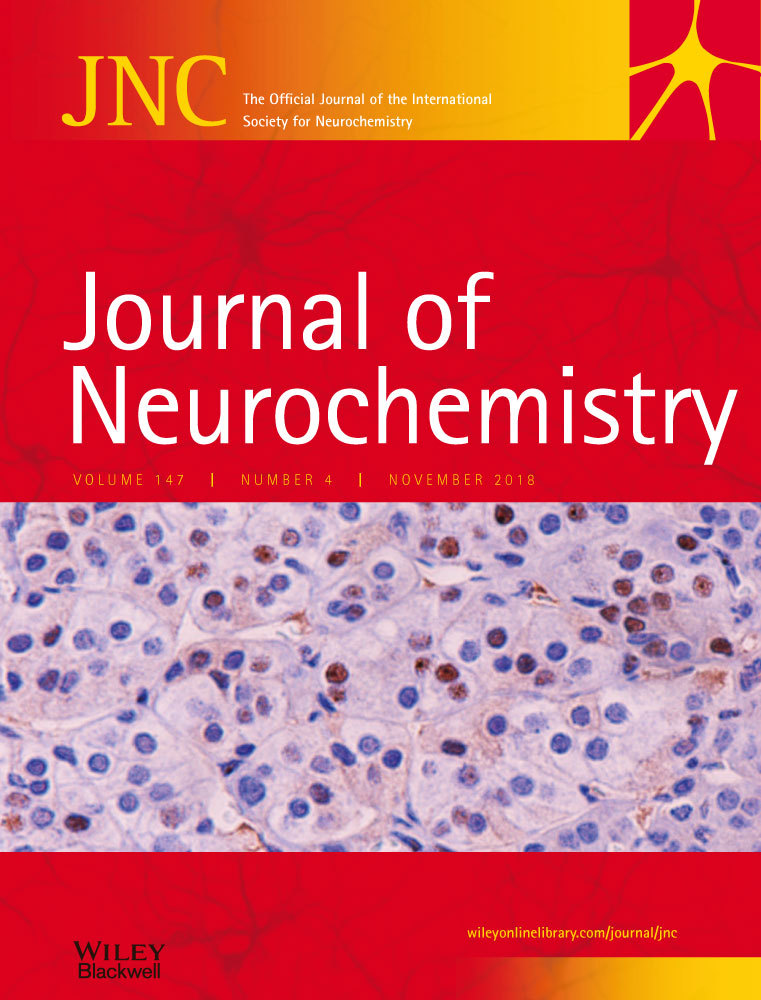“Spasticity is a major determinant of disability and decline in quality of life in patients with motor neuron disease.
Cannabinoids have been approved for symptomatic treatment of spasticity in multiple sclerosis. We investigated whether cannabinoids might also reduce spasticity in patients with motor neuron disease.
Nabiximols was well tolerated, and no participants withdrew from the double-blind phase of the study. No serious adverse effects occurred.
INTERPRETATION:
In this proof-of-concept trial, nabiximols had a positive effect on spasticity symptoms in patients with motor neuron disease and had an acceptable safety and tolerability profile.”
https://www.ncbi.nlm.nih.gov/pubmed/30554828
https://www.thelancet.com/journals/laneur/article/PIIS1474-4422(18)30406-X/fulltext



 “The endocannabinoid system (ECS) exerts a modulatory effect of important functions such as neurotransmission, glial activation, oxidative stress, or protein homeostasis.
“The endocannabinoid system (ECS) exerts a modulatory effect of important functions such as neurotransmission, glial activation, oxidative stress, or protein homeostasis.



